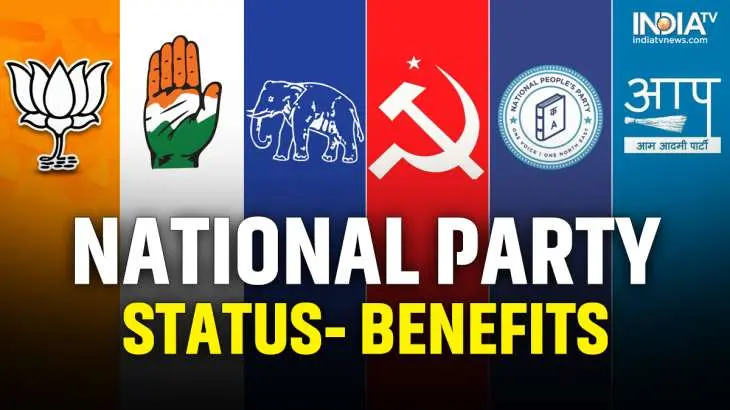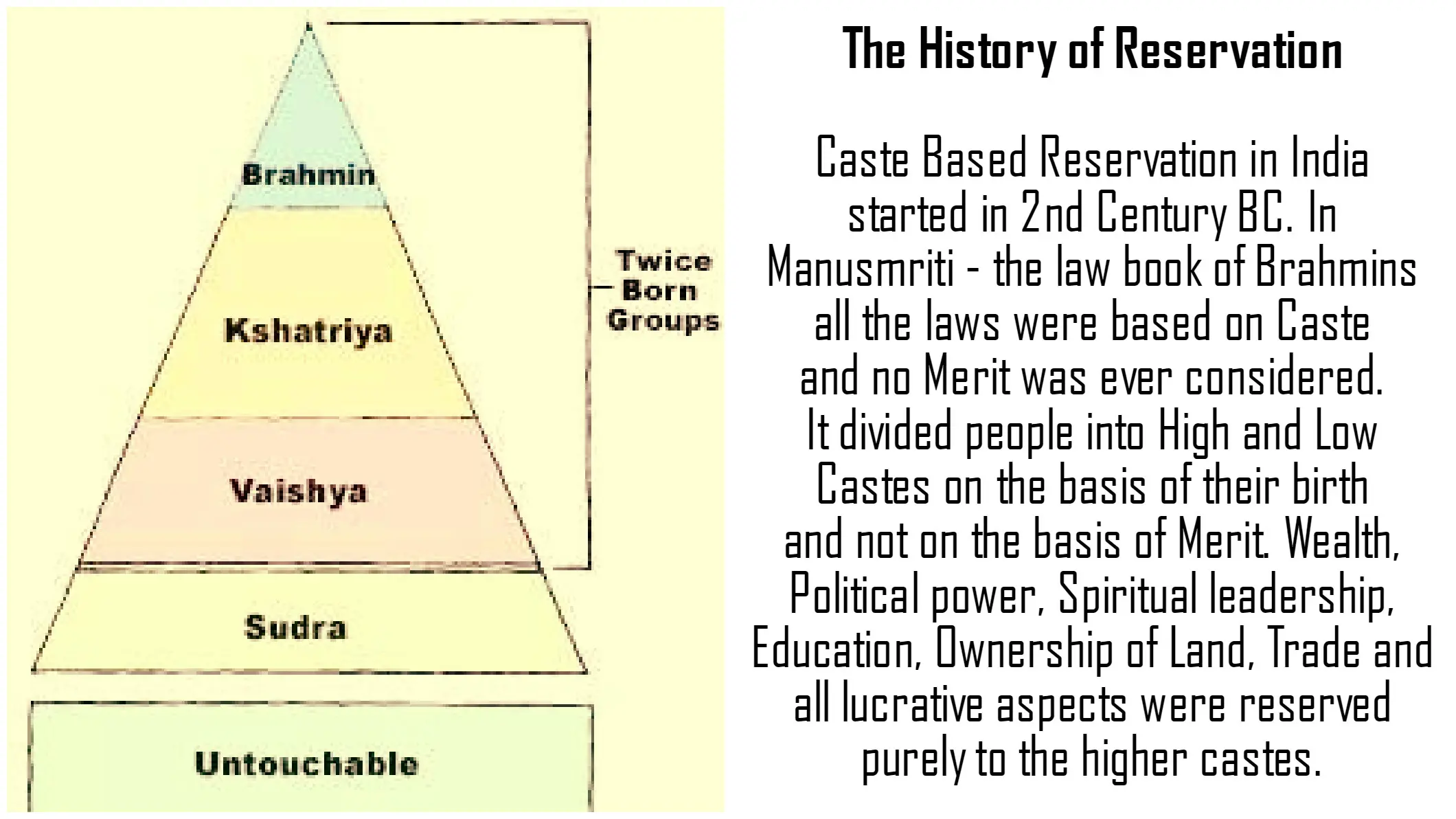UN population report: Key takeaways for India and the world
security challenges in border areas part 3
Indo-Myanmar BorderThe India–Myanmar border is the international border between India and Myanmar (formerly Burma) and runs from the trijunction with China in the north to the trijunction with Bangladesh in the south. Four Northeast Indian states share the border with Myanmar: Arunachal Pradesh, Nagaland, Mizoram, and Manipur. The international boundary between the two countries had been formally delineated and demarcated following the Boundary Agreement on March 10, 1967, however, the agreement could not be implemented because of a uniform ethno-cultural landscape and strong cross border linkages. Also, the difficult terrain of the border consisting of mountains, rivers and forests made the demarcation extremely complex. Due to the terrain, transportation and communication in the region are not efficient, and as a result, the border area remains sparsely populated with depressed economic development. It has also adversely affected guarding the borders and policing. India and Myanmar entered into a Free Movement Regime (FMR) which permits the tribes residing along the border to travel 16-km across the boundary without visa restrictions. All these factors are exploited by the insurgents on both sides to find shelter across the border. Another provision in the FMR, which allows tribal people to carry head-load has also been misused to smuggle in drugs, weapons and other contraband.Since the inception of insurgency in the Northeast in the 1950s, the Naga, Mizo, Meitei, and Assamese insurgents have been crossing over into Myanmar in order to escape the Indian security forces, where they also set up bases, take rest and plan future course of action. Proximity to Myanmar in the ‘Golden Triangle’ makes the India-Myanmar border vulnerable to trafficking of heroin and amphetamine-type stimulants (ATS) produced in Myanmar. These narcotics are trafficked into India through the states of Mizoram, Manipur, and Nagaland. While trafficking of codeine-based medicinal preparations from India to Myanmar takes place through the same route.The Golden Triangle is the area in Southeast Asia comprising of Thailand, Laos, and Myanmar. It was the largest opium producer in the world until the early 21st century when Afghanistan occupied the top place. Opium production in Myanmar is the world's second-largest source of opium after Afghanistan, producing some 25% of the world's opium.The India–Myanmar barrierThe India–Myanmar barrier is a border barrier that India is constructing to seal its border with Myanmar in order to curtail cross-border crime, including smuggling of goods, arms and counterfeit currency, drug trafficking, and insurgency. As of August 2022, a total of 5.6 km of the Indo-Myanmar border fencing in Manipur has been completed so far.Indo-Nepal BorderThe Indo-Nepal border is an open and the most peaceful border in Asia. The border starts in the west at the western tri-junction with China near the Tinkar Pass. It turns to the north-east from Islampur and proceeds overland to the eastern Chinese tri-junction. Indian states that share borders with Nepal are Uttarakhand, Uttar Pradesh, Sikkim, West Bengal, and Bihar.The open border supports the sustenance of livelihood and preserves and promotes the cultural linkages of people in the region. However, the border also serves as an open entry for terrorist outfits like LeT, Indian Mujahideen and some insurgent groups from North Eastern part of India have been using the open border to provide logistical support to their clandestine operations in India. The border is also misused by local criminal gangs, smuggling of subsidised consumer goods and territory encroachments. Treaty of SugauliThe Anglo-Nepalese War of 1916, also known as the Gorkha War was fought between the Gorkhali army of the Kingdom of Nepal (present-day Nepal) and the British forces of the East India Company. Both sides had ambitious expansion plans for the mountainous north of the Indian subcontinent. The war ended with the signing of the Treaty of Sugauli in 1816, based on which the border between Nepal and the British Raj was delineated. Following Indian independence, the current border was recognised as the border between the Kingdom of Nepal and the Dominion of India. As per the treaty, Nepal lost the western territories of Kumaon and Garhwal and Western Terai, and all of Sikkim including Darjeeling. The Mechi River became the new eastern border and the Mahakali river the western boundary of the kingdom. Also, a part of Mithila, called Eastern Terai, was conceded from India to Nepal. The King of Nepal gave up his claims over the region west of the river Kali which originated in the High Himalayas and flows into the great plains of the Indian subcontinent.However, the discrepancy in locating the source of the Kali river led to boundary disputes between India and Nepal, with each country producing maps based on their own claims. In 2020, Nepal released a new political map that claims Kalapani, Limpiyadhura and Lipulekh of Uttarakhand, as well as the area of Susta (West Champaran district, Bihar) as part of Nepal’s territory. The Kalapani issue came to the fore after India opened an 80-km-long strategically crucial road connecting the Lipulekh pass with Dharchula in Uttarakhand on May 8, 2020.The Kalapani territory is an area under Indian administration as part of Pithoragarh district in the Kumaon Division of the Uttarakhand state. The valley of Kalapani, with the Lipulekh Pass at the top, forms the Indian route to Kailash–Manasarovar, an ancient pilgrimage site. But it is also claimed by Nepal since 1997 according to which, it lies in Darchula district, Sudurpashchim Province of Nepal. The administrative and revenue records of the nineteenth century show that Kalapani was on the Indian side of the border, and counted as part of Pithoragarh district of Uttarakhand. Susta is a disputed territory between Nepal and India. It is administered by India as part of West Champaran district of Bihar. According to the Treaty of Sugauli, the Gandak river is the international boundary, the eastern part of which belongs to India, while the western part belongs to Nepal. At the time the treaty was signed, that is, in 1816, the Susta village was situated west of the river. But, over the years, the Gandak river changed its course and the village moved to the eastern side of the river, that is the Indian side of the river. While India claims this region, Nepal demands the demarcation to be as per the status of the village in 1816 at the time of the treaty. Indo-Bhutan BorderThe Bhutan–India border is a demarcated international border separating the Kingdom of Bhutan from the Republic of India. The border coincides with the Indian states of Assam, Arunachal Pradesh, West Bengal and Sikkim. Bhutan serves as a buffer between India and China.The boundary between Bhutan and British India was an aftermath of the Duar War (or Anglo-Bhutan War) fought between the two in 1864–1865. Bhutan lost the war, following which the Treaty of Sinchula was concluded in 1865. As per the treaty, Bhutan lost parts of its sovereign territory, accompanied by forced cession of formerly occupied territories. Bhutan ceded territories in the Assam Duars and Bengal Duars. The Doklam IssueDoklam is an area comprising a plateau and a valley at the tri-junction between India, Bhutan and China. The boundary at this junction is open. It is surrounded by the Chumbi Valley of Tibet, Bhutan’s Ha Valley and Sikkim. In recent years, China has been building an elaborate network of wide roads to transport artillery guns, light tanks and heavy vehicles to enhance its military presence. The 2017 Doklam standoff between India and China was a military border standoff over Chinese construction of such a road in Doklam.China claims around 89 sq. km region of Doklam. A road network in Doklam, so close to the Indian border, would intensify Chinese presence in the region. This would be critical for the vulnerable location of the 27-km-long Siliguri Corridor commonly known as 'chicken's neck' that links the northeastern states to the mainland India. Chinese forces could use their positions on the higher plateau ground to collect intelligence on Indian military positions. India and Bhutan have peaceful relations. According to the 2007 friendship treaty, neither of the two governments allow the use of its territory for activities harmful to the national security and interest of the other.















